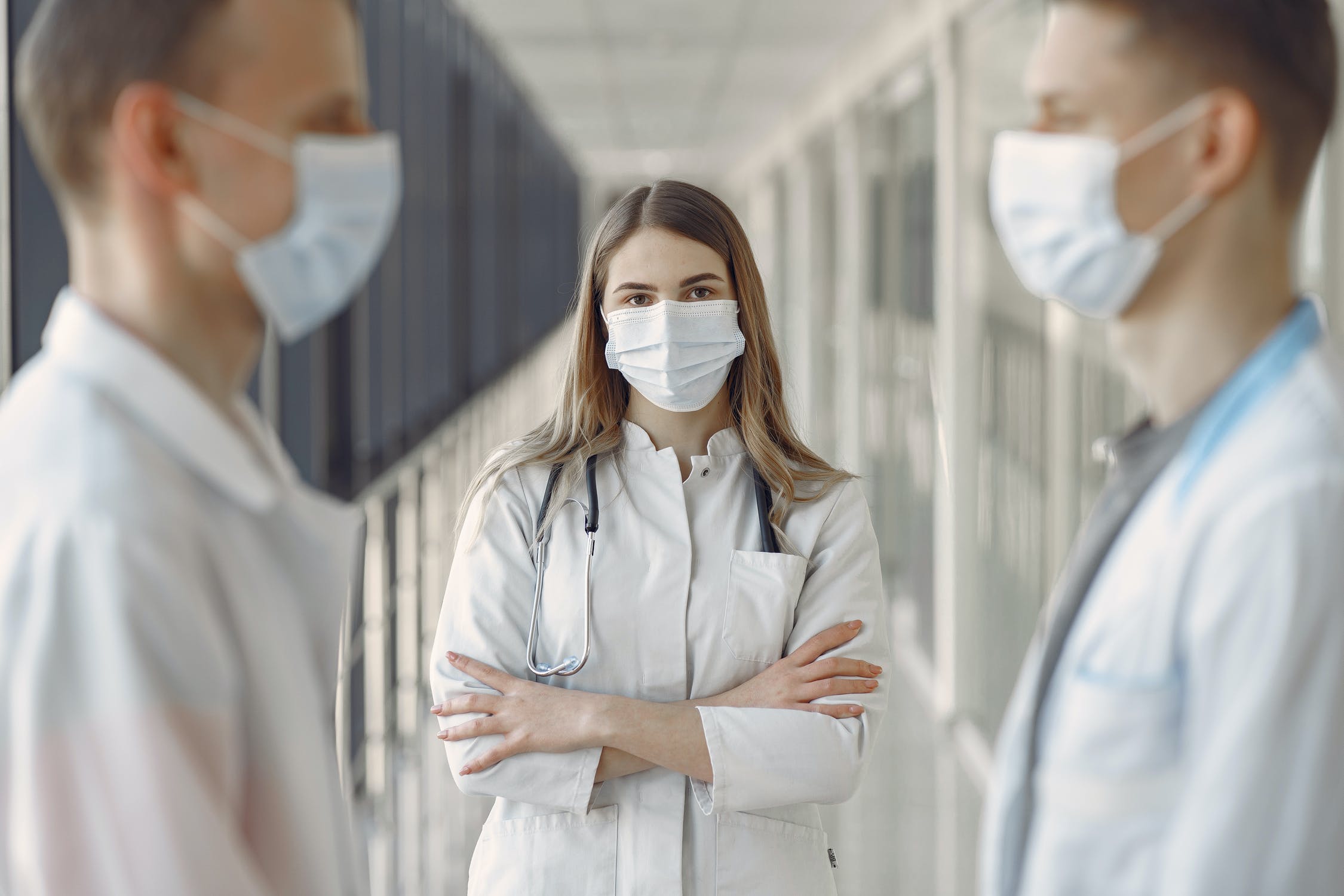
Carbon monoxide poisoning is an acute condition that develops as a result of carbon monoxide entering the human body. This condition is life- and health-threatening and can be fatal without qualified medical care.
Carbon monoxide, or carbon monoxide (CO), is a colorless, tasteless gas that smells very faint, almost imperceptible. It burns with a bluish flame. Mixture of 2 volumes of CO and 1 volume of O2 explodes when ignited. CO does not react with water, acids and alkalis.
Occurs wherever conditions exist for incomplete combustion of carbon containing substances and enters the air during any type of combustion. Carbon monoxide binds actively with hemoglobin to form carboxyhemoglobin, blocking the transfer of oxygen to body tissues, leading to hypoxia of the so-called hemic type. Carbon monoxide is also involved in oxidative reactions, disrupting the biochemical equilibrium in the tissues.
Causes
CO poisoning often occurs in the home during improper use of heating stoves, gas heaters, when due to poor draft and / or lack of air supply for gas combustion, there is a lack of oxygen and conditions for incomplete combustion of fuel. In most cases, poisonings occur through the fault of the victims themselves: improper use of heating stoves, gas stoves, smoking in bed (especially while drunk), leading to a fire; storage of matches in places accessible to children; long stay in a closed garage with a car with a running engine, long rest (sleep) in the car with the heater and motor on, even if the car is outdoors. Poisonings of drivers in closed garages with cars with engines running are reported every year during the cold season. Vehicle exhaust fumes contain an average of 1 to 6.3%, and sometimes up to 13.5% CO. CO poisoning can also occur when you are on or near a busy road for long periods of time: on major freeways, the average concentration of CO exceeds the poisoning threshold. Acute CO poisoning can also occur in manufacturing facilities, especially in the chemical industry, coal coking, coal mines, and foundries, when large amounts of carbon monoxide are produced during the manufacturing process.
At a concentration of 0.08% CO inhaled air, a person feels headache and suffocation. When the CO concentration rises to 0.32%, paralysis and loss of consciousness occur (death within 30 minutes). At concentrations above 1.2%, unconsciousness is lost after a few breaths, and the person dies in less than 3 minutes.
Signs of carbon monoxide poisoning
Typical mild intoxication: Includes headache, sensations of heaviness and compression of the head (hoop symptoms), pulsations at the temples, dizziness, chest pains, dry cough, dyspnea. Nausea, vomiting, rapid pulse, increased blood pressure, drowsiness, lethargy, often the opposite – euphoria with visual and auditory hallucinations. Reddening of the skin and mucous membranes may also be observed. The content of carboxyhemoglobin in the blood is up to 20-30%.
Poisoning of moderate severity is recognized by sharp dizziness and headache, tinnitus, vomiting, muscle weakness, especially of the extremities, loss of consciousness like fainting, seizures. Visible mucous membranes are bright red. Heart palpitations and dyspnea are noted. Carboxyhemoglobin content in blood up to 31-49%.
In severe poisoning: loss of consciousness, seizures, respiratory and cardiac arrest, dilated pupils with impaired reaction to light. Skin and mucous membranes are scarlet. The content of carboxyhemoglobin in the blood is up to 50% or more.
Lightning poisoning (often in fires): poisoned people immediately lose consciousness, sometimes sporadic convulsive muscle contractions are observed (this clinical picture resembles the symptoms of subarachnoid hemorrhage). Respiratory arrest occurs very quickly. The skin is pink. After 3-5 minutes the heart stops. Occasionally the heart stops first (syncopal form of acute carbon monoxide poisoning), then the skin is usually pale.
When poisoned by carbon monoxide in a fire clinical picture is often supplemented by signs of burns of the upper respiratory tract and the development of acute respiratory failure, mechanical asphyxia is possible poisoned.
First pre-medical help
- First of all, take care of your own safety and make sure you are not in danger.
- Evacuate victim to fresh air, free him/her from restrictive clothing, and keep body in a comfortable position. If possible, provide oxygen inhalation through a mask.
- Call an ambulance.
- In case of psychomotor agitation and hallucinations, sparingly fix the victim until medical personnel arrive in order to prevent trauma to the victim.
- At severe poisoning – provide patency of airways by simple methods (positioning the head, the use of air ducts), the unconscious victim transfer to a stable side position (provides a passable airway and prevents aspiration of vomit masses).
- Keep an eye on the victim until the ambulance arrives, checking regularly (every few minutes) for breathing and pulse rate.
- In case of respiratory and cardiac arrest begin basic cardiopulmonary resuscitation without delay.
Prevention of carbon monoxide poisoning
- Use serviceable and tested household heating and heating appliances.
- Check the opening of shutters when furnaces and fireplaces are used in homes.
- Work should be done in well-ventilated areas.
- Regularly checking the condition of the ventilation system and correcting problems with the ventilation system.
- Observance of safety rules when servicing vehicles.
- Observance of safety rules at work.
- It is especially important to hold talks and lectures with the population on the prevention of carbon monoxide poisoning in the autumn and winter seasons.
- Informing the population (lectures, talks, posters) about the signs, first aid and prevention of carbon monoxide poisoning in the fall and winter season.